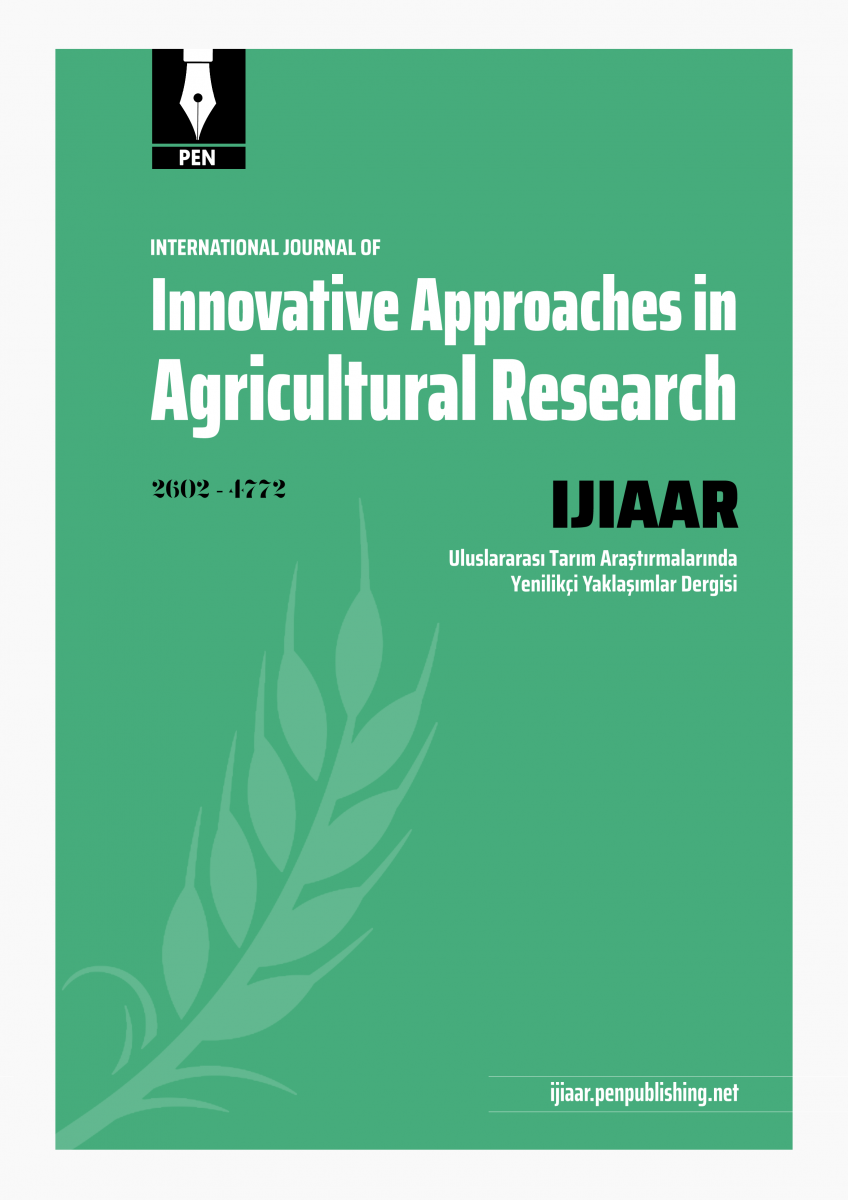Original article | Open Access
International Journal of Innovative Approaches in Agricultural Research 2018, Vol. 2(4) 327-334
Effect of Different Drying Techniques on Some Functional Properties of Dried Fig
pp. 327 - 334 | DOI: https://doi.org/10.29329/ijiaar.2018.174.6
Published online: December 17, 2018 | Number of Views: 80 | Number of Download: 699
Abstract
Fig as one of the major export products of Turkey, deteriorates very quickly due to its perishable nature. For this reason it is utilized as dried fruit. In traditional drying method of figs, it was observed that there are some problems caused by climate, especially due to rainfall during drying season,thus, quality losses occur. With this project fresh figs were dried at two different humidity levels in both the sun and the cabinet type dryer using different immersion solutions at 2015 to 2017. Additionally, ¼ cut fruits was dried in both methods without using solutions. According to the sensory analysis results, ¼ cut fruits take the highest score while the second was dried figs without using immersion solutions. The immersion solutions were effective in reducing the drying time of the figs but due to the adverse taste effect of alkali ethyl oleate solution, it was not preferred. In the ¼-cut fruits the total phenolic content and antioxidant activity identified as 343.30 (mgGA / 100 g DM) and 259.32 (μM trolox / 100 g DM), respectively, and this application gives better results compared to others. In this study where fresh figs are dried, aflatoxin analysis was performed on all products and it was not detected in any of the samples.
Keywords: Fig, Drying methods, Total phenolic content
| How to Cite this Article |
|---|
|
APA 6th edition Harvard Chicago 16th edition |
| References |
|---|
|

